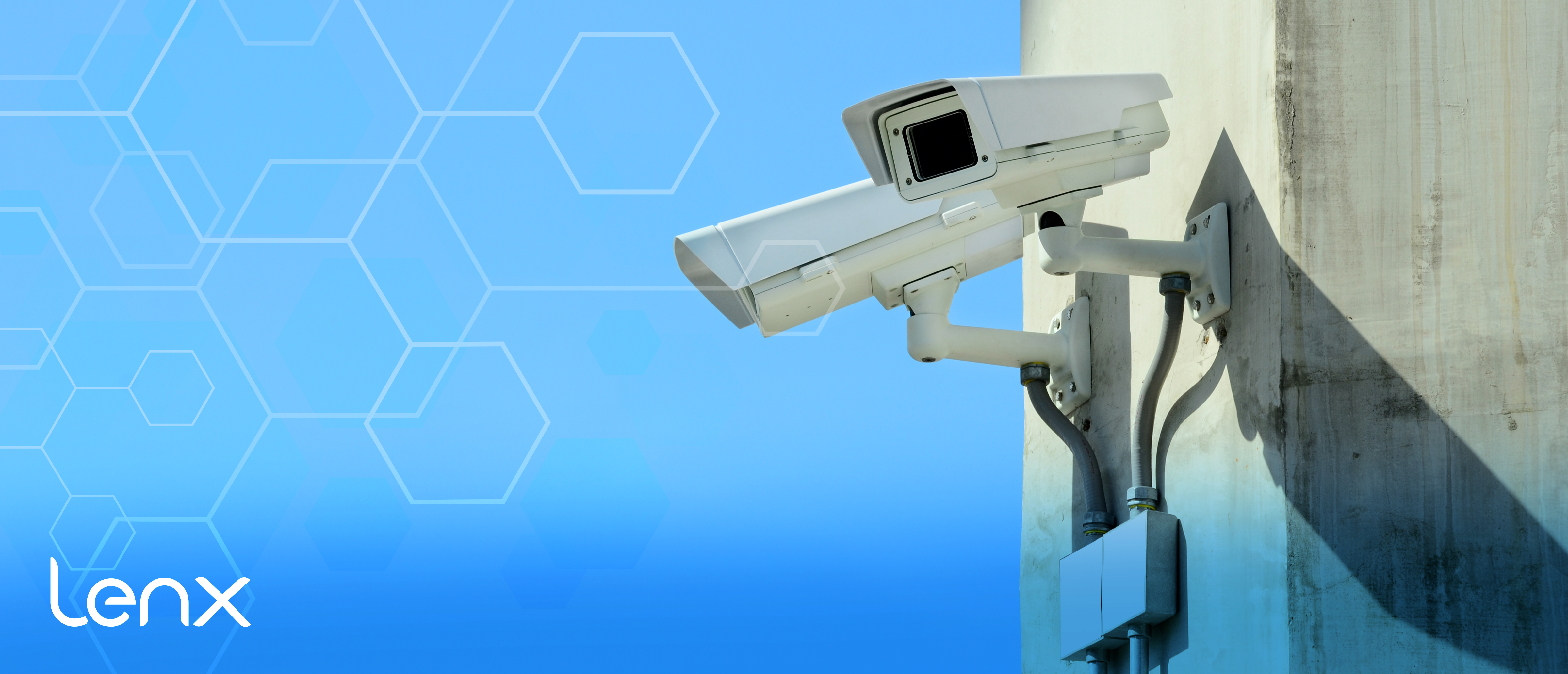
Understanding The Limitations Of AI Security, Active Shooter Detection Systems
In today's world, security is a paramount concern, particularly in public spaces and mass gatherings. The development of active shooter detection systems has been a significant step forward in threat detection. These systems often leverage AI (Artificial Intelligence) to identify potential threats quickly and efficiently. While they provide an additional layer of security, it's crucial to understand their limitations. Let's dive into the reality of relying on AI for security detection and the challenges that come with the implementation of these systems.
Reliability and False Positives
Active shooter detection systems are designed to identify the visual presence of a firearm. However, AI gun detection technology needs some training to differentiate between similar objects and cut down on false positives.
Balancing Sensitivity and Specificity
Manufacturers of these systems must balance sensitivity (the ability to detect actual threats) with specificity (the ability to ignore non-threats). Too much sensitivity and the system might trigger an active shooter alarm for a random object; too little and it might miss an actual weapon. This balancing act is one of the biggest challenges in AI security app development.
The Impact of Surroundings
The effectiveness of a security detector, particularly gun detectors that rely on cameras, can be heavily influenced by the environment. Conversely, with some training, the system might perform with higher accuracy.
Ethical and Privacy Concerns
With any AI security system, there are ethical questions regarding surveillance and privacy. Active shooter detection systems often include cameras, which raise concerns about the constant monitoring of individuals without their explicit consent. Additionally, how the data collected by these systems is stored, used, and protected is a critical issue that developers and implementers must address.
The Necessity of Human Verification
AI technology is not infallible and should not be relied upon as the sole security measure. There must always be a system in place for human verification of AI-detected threats. Trained security personnel are essential for interpreting AI data and making informed decisions in the event of an active shooter alarm.
Complementing Current Security Measures
While active shooter detection and AI gun detection technologies are valuable, they should be integrated with existing security protocols rather than replace them. Traditional methods such as security guards, metal detectors, and manual surveillance still play a critical role in comprehensive security strategies.
Conclusion
Active shooter detection systems and AI security apps have the potential to save lives by providing early warnings of potential threats. However, understanding the limitations of these technologies is vital. False positives, environmental factors, ethical concerns, and the need for human oversight must all be taken into account when implementing these systems. As AI technology continues to evolve, so too must the protocols and policies surrounding its use in security.
For those responsible for the safety of public spaces, it is essential to stay informed about the advancements and limitations of AI in security to make the best decisions for their communities.

